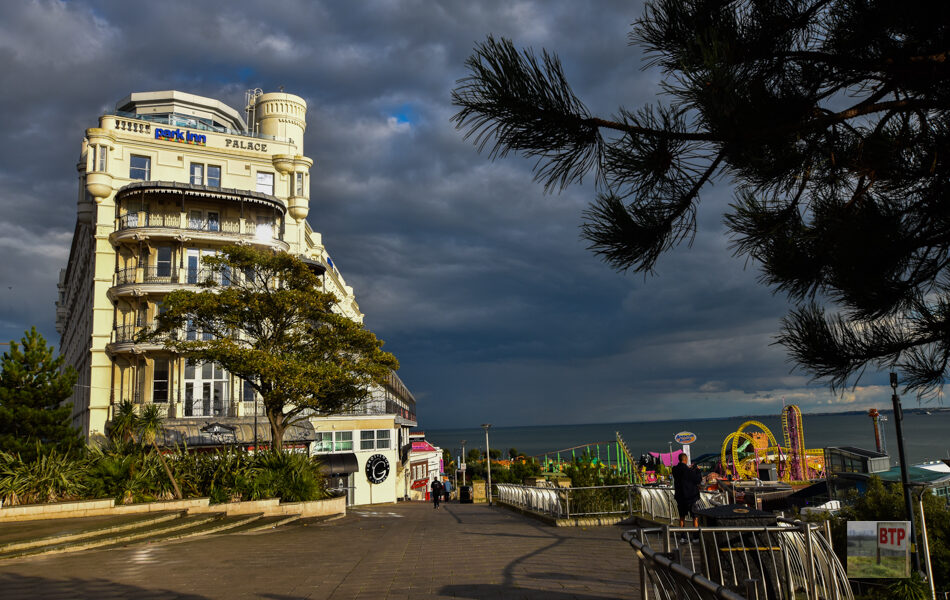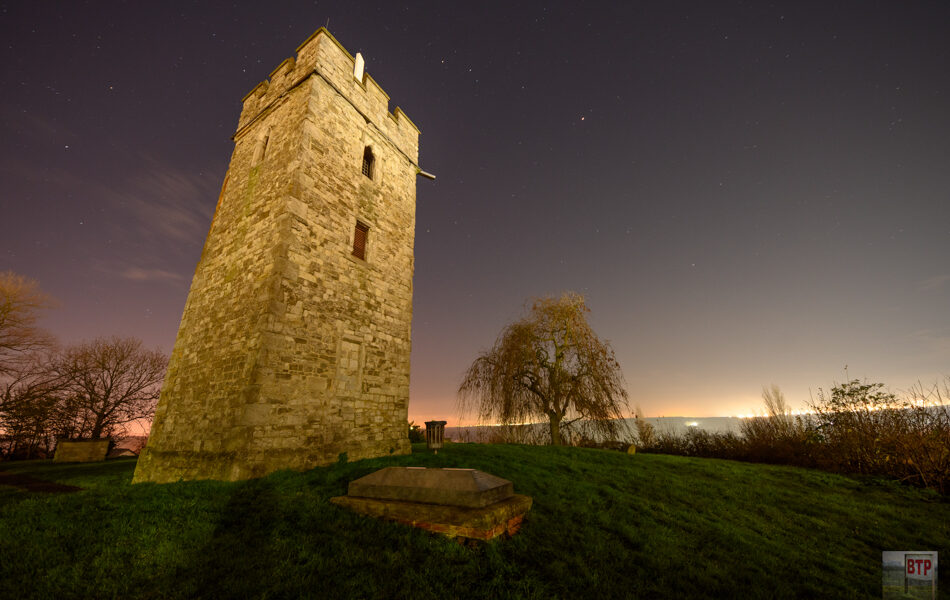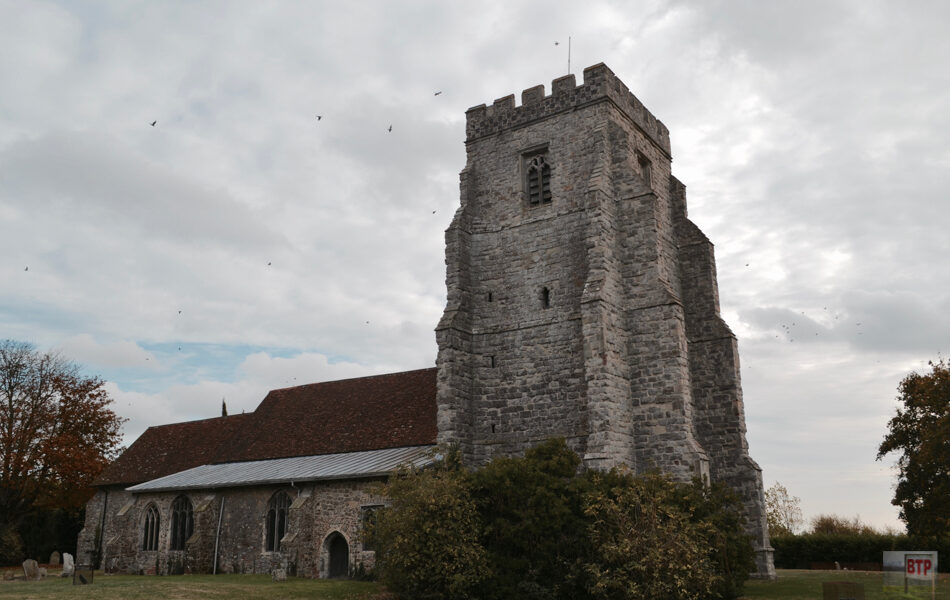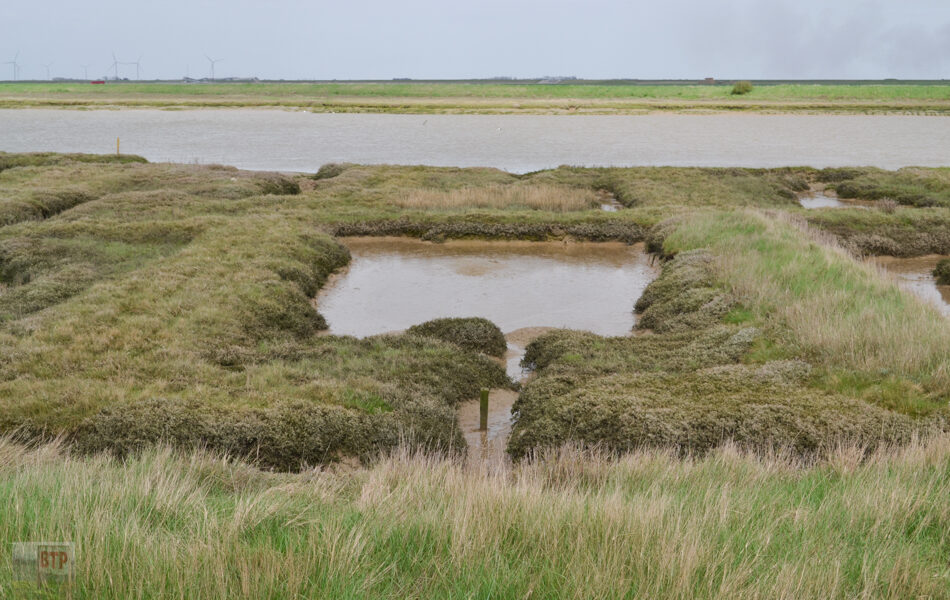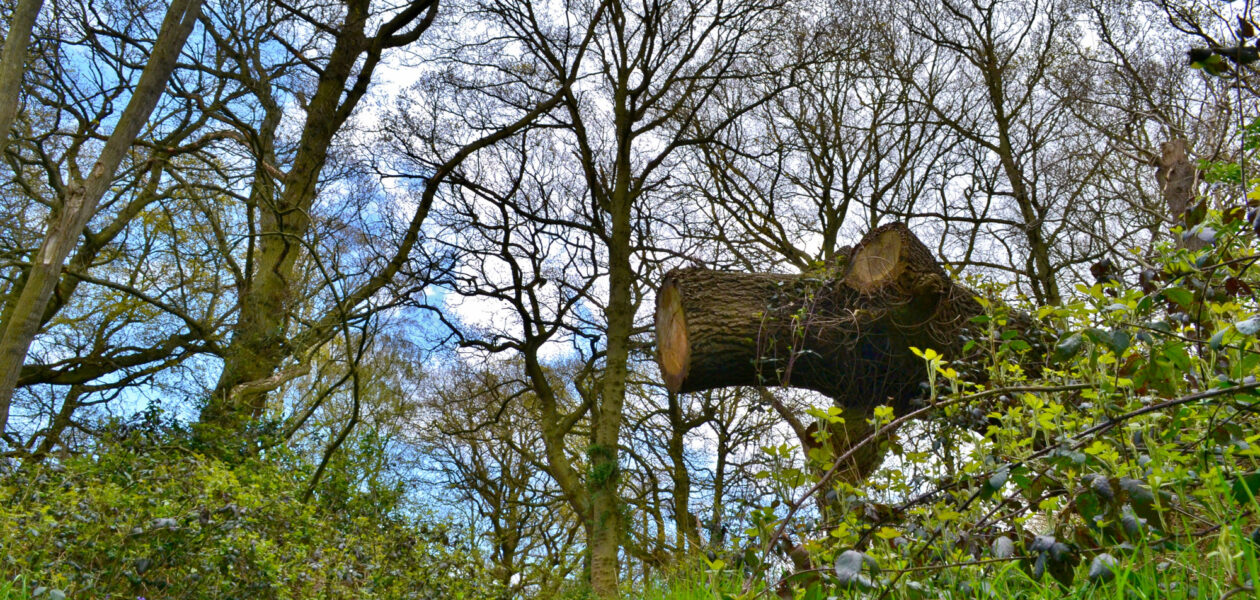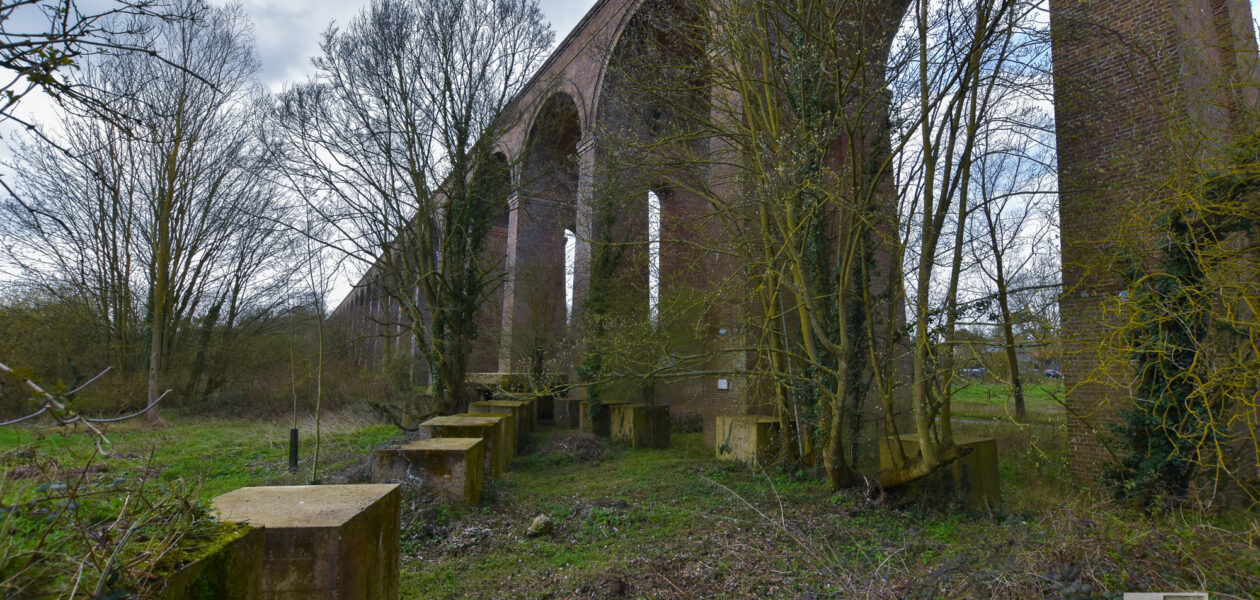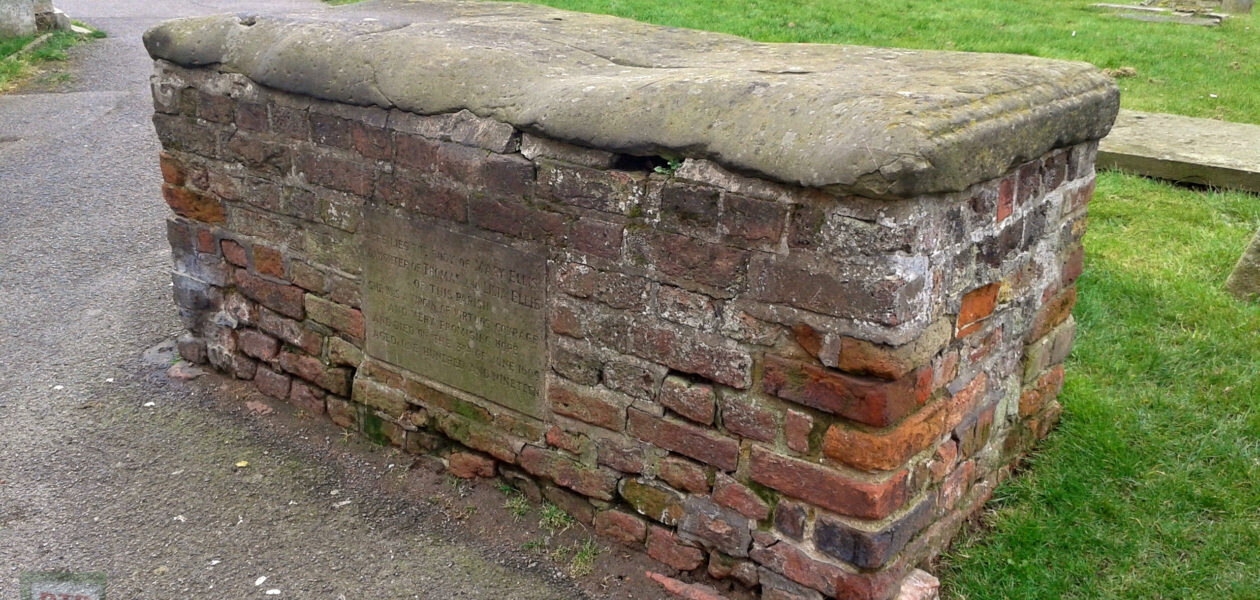WW1 Southend & The Palace Hotel
Shortly before BTP Liam wrote this article, he began reading the book ‘Southend at War’ by the excellent local author Dee Gordon. Beyond the Point’s affiliation with the Imperial War Museum Centenary Partnership meant that it would be both appropriate and useful to create a short documentary on Southend in the First World War inspired…
View More
